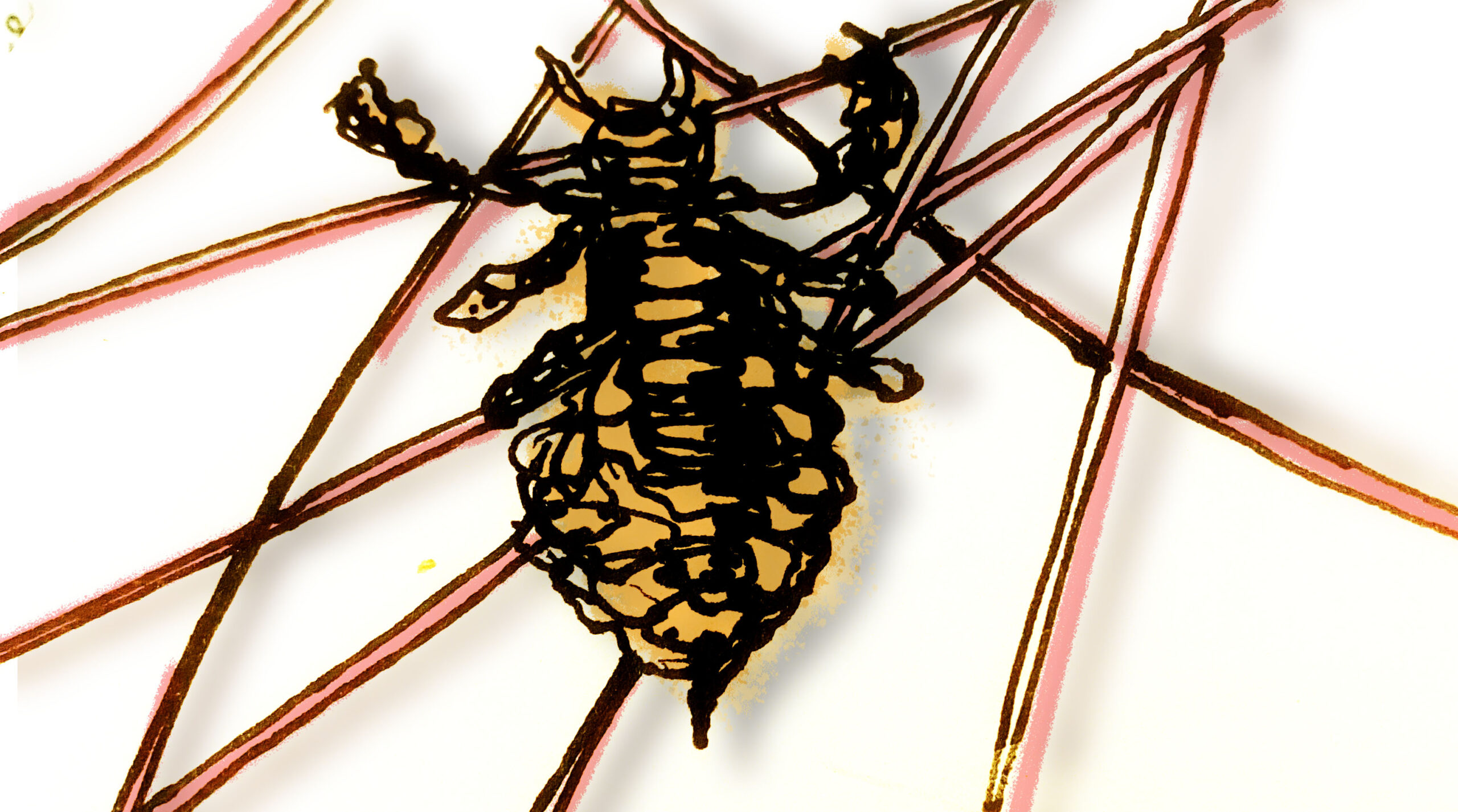Augustina Plos reports on a different way of looking at illness
I remember being in medical school and visiting a patient with cancer who knew he had only two months to live. I found myself wondering what happens when we accept a diagnosis that establishes a time limit for our lives. Does it mean we have given away too much of our power to doctors and statistics? And what happens with people who don’t accept the diagnosis? What about all those cases of spontaneous remissions or miraculous healing? Because they do exist… after all, doctors are just human beings, not gods.
Modern medicine is designed to be paternalistic. The idea is that experts know best and their tools, technology, medication, knowledge, protocols and guidelines are essential for achieving health. But too often this means losing our own agency and giving the power to authority figures.
German New Medicine® (GNM®) offers an alternative, with a specific insight into how the mind and body work together. The approach sees disease within a framework of instinctive physiological responses, similar to the biology of eating, digesting, sleeping, going to the toilet, giving birth, fighting or fleeing.
In the GNM® system diseases are called ‘Special Biological Programs’ (SBPs). A cancerous process, for example, is considered an SBP which can help adapt to a sudden change of circumstance. There is first a ‘cold phase’ where stress and the fight-or-flee response predominate (active conflict phase or sympathicotonic). This is followed by a ‘hot phase’ of relaxation, repair, congestion and inflammation (the conflict resolution or parasympathetic phase). This second phase features a healing crisis (epileptoid crisis) which results in a return to homeostasis and normotony.
To take another example, when an individual experiences fear of death, such as being at war, that trigggers activity in the lung alveoli, the tissue in charge of breathing and intake of oxygen. During the stress phase, ie after the person finds out they have to go to war, or are living in a country at war, with constant fear and reminders of death, the alveoli will reproduce and grow because more oxygen is now needed. If the situation is intense and continues, this then prompts the development of a tumor (lung adenocarcinoma).

If however the war ends, or maybe the loved one comes back from war healthy and alive, the individual will enter the conflict resolution phase where they will experience inflammation and infection. The excess tissue that grew in the previous phase is no longer needed so must be removed. This is where bacteria come in to help with the removal, resulting in what is clinically known as pneumonia or tuberculosis. The healing crisis comes with coughing so that the body can eliminate the excess of fluids that came with the inflammation and thus, lead back to homeostasis. Sometimes, if bacteria are absent for any reason (for example, long history of antibiotics), the tumour could encapsulate and remain, thus, becoming what is known as a ‘benign tumour’.
Another example: a boss unexpectedly lays off three of his employees. One had wanted to leave his job for a long time so this is the perfect excuse. A second, who has a big family with little children where everybody relies on his salary, will experience the news as a shock and a starvation conflict – he will automatically start thinking non-stop how to feed his family. The third, who loves his work, strives for acknowledgment and was actually expecting a promotion, might experience this conflict as a ‘territorial loss’.
The first person might not manifest symptoms, the second will react with his liver, the organ in charge of storing and metabolising food, and the third is likely react with his coronary arteries, where his heart will need more nutrients and oxygen to face a situation where his position has been challenged and he needs to prove himself and show strength.
Western medicine, while excellent at describing the pathophysiological and biochemical aspects of disease, struggles to explain the ‘WHYs’ of these changes. There are hypotheses, probabilities and multifactorial causes, but they remains in the realm of speculation. What the GNM® offers is an explanation for the causes of a certain condition in the personal history of the individual. Relying on the five biological laws[1], GNM® explains the whys, hows and what fors or biological meaning of symptoms.
Having said that, there is, of course, a place for western medicine. A precise diagnosis is important in the GNM® and it will offer a more accurate picture of what the body is expressing. For example, if the liver is affected, is this the liver parenchyma, the bile ducts or the connective tissue in the organ? These differences are relevant because they indicate the content and nuance of the particular biological conflict the person has experienced. Likewise, sometimes traditional treatment will be necessary, such as the need for analgesia when someone is suffering excruciating pain, or antibiotics are needed if someone has sepsis, while surgery may be required when there is an obstruction.
But we do know that western medicine has a poor record of treating ailments like cancer, allergies or autoimmune and chronic diseases. While some types of cancer have become treatable with time, most of the times ‘the C word’ continues to have a profoundly negative connotation and conventional protocols in many cases do not seem to help. Dr Harmer, who identified what is termed GNM® on the other hand, recorded numerous successful case studies.

So, going back to the initial point, we can now understand that our bodies do not fail in the sense that traditional medicine understands it. They simply undergo changes in response to our experience and environment.
That means that the main key to unraveling the mysteries in our bodies lies within us. Using GNM® as a route map we do not need to be at the mercy of disease, or of the authority and power of others. Instead, by looking at our own stories can see what our bodies are expressing in relation to it.
Agustina Plos is a GNM® clinician and a birth doula based in London. You can find more about her on www.naturalezasagrada.com or get in touch on [email protected]
[1] For more information: www.gnmonlineseminars.com


